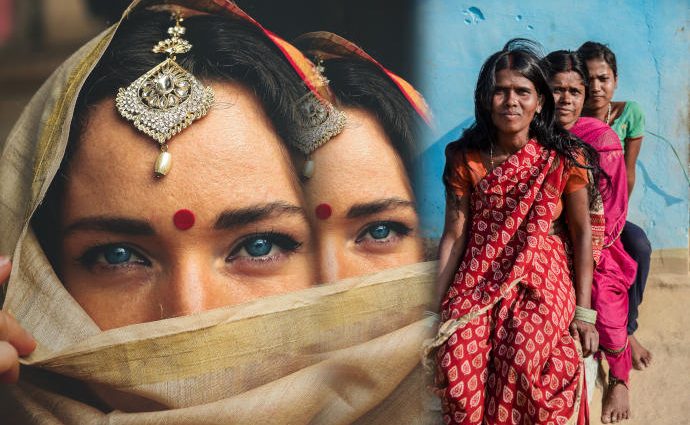In a country and culture where the practice to abort the female child still continues (though illegally), this news will come as a shock to many. For the first time, India has more women than men as its population. There are 1,020 women for every 1000 men for the first time.
Summary findings of the National Family and Health Survey 5 (NFHS-5) released by the Ministry of Health on November 24.
The trend and summary findings will become firmer when the next national census is conducted although experts believe it to continue to hold in the foreseeable future.
Back in the 1990s when there were 9027 women for every 1000 men in India, internationally recognized and Nobel Laureate economist Amartya Sen had called India a country of “missing women”.
The ratio of men and women was equal in 2005-06 1000:1000. It went down to 991:1000 in 2015-16. This is the first time, in any NFHS or Census, that the sex ratio is skewed in favour of women.
“The improved sex ratio and sex ratio at birth is also a significant achievement; even though the real picture will emerge from the census, we can say for now looking at the results that our measures for women empowerment have steered us in the right direction ,” said Vikas Sheel, additional secretary, Union ministry of health and family welfare and mission director, National Health Mission.
Preference for boys still continues. Of the children born in India in the last five years, the gender ratio at birth is still 929:1000. That alone suggests the practice of son-preference still persists in India.
Another fact worth noting is that women in India tend to live longer than men.
The average life expectancy at birth for men and women being 66.4 years and 69.6.
India is ageing – warning!
In 2005-06, the share of population under the age of 15 years was 34.9%. It has dramatically come down to 26.5% in 2019-21. And with women living longer, India has to plan its health system better, to equip itself to deal with its challenges.
Also read: India’s COVID-19 Deaths – 100,000 plus, a grim milestone
The average number of children per women in India is 2 which is below the internationally accepted replacement level fertility rate of 2.1. This rate is the rate of growth recommended for a population to replaces itself from one generation to the next.
Has India’s population has already peaked? Looks like, it has.
With more and more middle class finding well paid jobs and able to afford luxurious lifestyles, apparently their modes of entertainment have multiplied. Following the fad culture of the west is another reason for India’s young married couples to shun the idea of multiple kids.
The trend is a welcome change but those already born will need to be looked after, particularly in their twilight years. India needs to come up with a plan, to arrest its cultural capitulation and surrender to the west which has given rise to more broken families and desertion of the elderly which is a problem India could do without.
The survey was conducted in two phases between 2019 and 2021, and covered 650,000 households from 707 districts of the country. The States and UTs surveyed were: Arunachal Pradesh, Chandigarh, Chhattisgarh, Haryana, Jharkhand, Madhya Pradesh, NCT of Delhi, Odisha, Puducherry, Punjab, Rajasthan, Tamil Nadu, Uttar Pradesh and Uttarakhand.
The findings of the survey in respect of 22 States & UTs covered in Phase-I were released in December 2020.
Similar Posts by The Author:
- Dowry harassment in Australia? Report it in Australia NOT in India says Punjab and Haryana High Court
- International Students: Why Australia doubled Visa application fees
- False promise of marriage: Courts should ensure law is not misused against men
- Hats off to Asaduddin Owaisi, to invoke Palestine in oath-taking
- Arvind Kejriwal release stuns many: ‘Sir Ji’ gets regular bail

